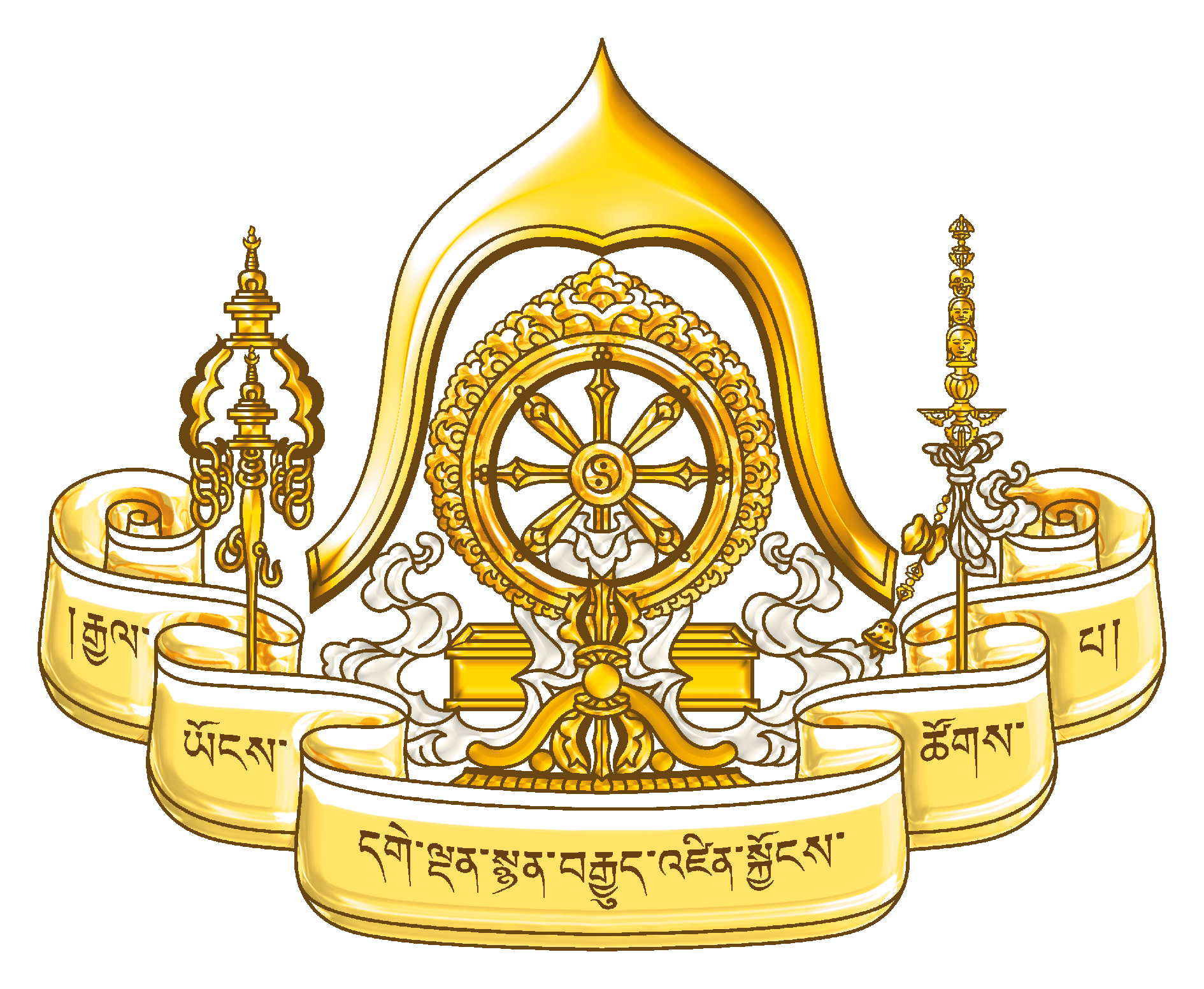From Farmhouse to Spiritual Center |
|
|
Extract from "Once upon a time in Frastanz", by Oskar Wiederin The history of these spacious grounds can be traced far back in time. Originally the complete wooded area of the grounds together with the remaining forest belonged to the municipality of Nenzing, which in 1366 transferred the complete forest to the Knights of St. John of Jerusalem in Feldkirch. Towards the end of the 18th century, after the dissolution of the order by Emperor Joseph II, the state assumed ownership. Around 1807 its temporary lawful successor, the Royal Bavarian government, sold approximately eight acres to Johann Zimmermann, the landlord and owner of an oil mill in Feldkirch, who cultivated half of the land and left the rest as a wooded area. Zimmermann was not only the builder of the Letzehof, he also created an extensive fruit plantation consisting of several hundred trees. After his death, the estate, by means of auction, came into possession of the textile manufacturer Christian Getzner, who was primarily interested in the forest for use in his Turkish Red Dye works in nearby Felsenau. He was so taken by the beautiful location that in 1845 he received there a member of the Imperial Court, Archduke Johann, using the time between two factory viewings for an extensive walk. Accompanied by his family and a retinue of nobility the Archduke walked all the way up to the Letzehof and honourably accepted a glass of milk! About his visit on the Letze the Archduke accounted in his diary: Through the holy cross-suburb we took the Venediger Street. Then walking to the left gaining the height of the Letze, to the estate of the industrialist Getzner where we were marvellously received, quite in the old, friendly manner with refreshments. We looked at the estate and then walked through the forest, a beautiful walk, down to the factory at Bludenzer Street. There we rested until finally driving to Frastanz". |
|
|
In 1848 the farmer's son and factory founder Christian Getzner died without leaving a descendant. For his nephew and heir Josef Getzner the country residence of the Letzehof offered little convenience. Consequently he constructed a villa on the opposite side of the street, which is still there today. This villa even contained its own chapel with a licence to celebrate mass. The altar of this private chapel was transferred to the Stella Matutina during the Second World War. After which, through negotiations led by one of the lay brothers, it was moved to the chapel in Motten, where it still can be found today. Josef Getzner together with his family remained on the estate and through various purchases extended the property considerably. The estate remained in the possession of the Getzner family, who managed the farm themselves up to the turn of the 19th century. After, the farm and the grounds were leased to various farmers, who lived in the building of the Letzehof until 1960. The Letzehof or 'Getznerhof', as it was also called at that time, eventually transferred by heritage to Helmut Gassner, a Getzner grandson and relative of the factory owners. He offered the estate to refugee monks from Tibet as their new home. Since that time a Buddhist monk's community exists in the Letzehof, enriching the religious life of the community with an unusual facet and offering at the same time seminars for intensive training of the mind. |
|
Tashi Rabten - Buddhist Monastery
History of the 'Letzehof' near Frastanz
